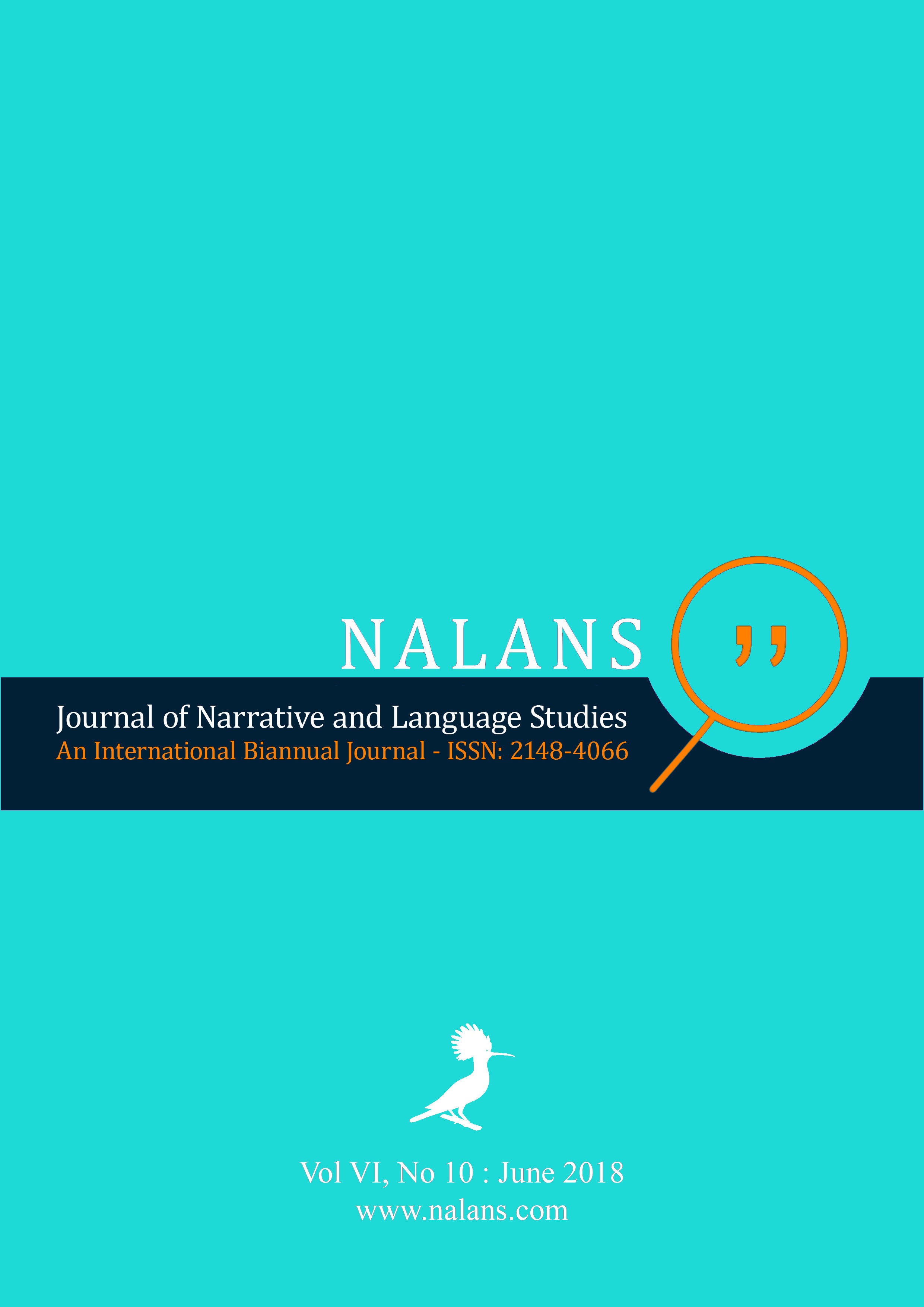Ideological Approaches to Nature and Female Body in Witch Poems
Abstract
Witch poems that have female figures associated with wilderness and the occult display different ideologies about nature and female body. Geoffrey Chaucer’s The Wife of Bath’s Tale (c. 1476) discusses the medieval idea favouring youth, health and fertility, and shows the degradation of an old witch due to her aged and infertile body. Revealing eighteenth-century discourse that values nurture and elegance, Robert Burns’s Tam o’Shanter (1791) portrays witches that are stigmatised as creatures associated with lust, ugliness and savagery. On the other hand, John Keats’s Lamia (1820), which advocates nineteenth century Romantic ideology claiming the superiority of the wild and the untouched, denounces a serpent-woman who despises her natural, half-animal body. Having been influenced by feminist movements in the twentieth century which protest the domination of women and nature, Ann Sexton dignifies witches in Her Kind (1960) due to their closeness to nature and their challenge against patriarchal hegemony. The aim of the present study is to understand the role of witch poems in imposing the dominant ideologies about nature and female body through examining the mentioned poems.
References
Bruton, S. (2013). Bedlam and Broomsticks: Representations of the Witch in Nineteenth-and Twentieth-Century Women’s Writing (Doctoral thesis, Cardiff University, 2006). Ann Arbor: ProQuest.
Burns, R. (n.d.). Tam o’Shanter (N. Coughlin, Trans.). Retrieved October 19, 2012, from https://www.nrkn.com/tam/
Bynum, C. W. (1991). Fragmentation and Redemption: Essays on Gender and the Human Body in Medieval Religion. New York: Zone Books.
Carlson, A. (2007, January 29). Environmental Aesthetics. In E. Zalta (Ed.), Stanford Encyclopedia of Philosophy. Retrieved December 24, 2012, from https://plato.stanford.edu/entries/environmental-aesthetics/#toc
Chaucer, G. (1977). The Canterbury Tales (N. Coghill, Trans.). London: Penguin Books.
Demos, J. (2004). Entertaining Satan: Witchcraft and the Culture of Early New England. New York: Oxford University.
Ferkiss, V. (1993). Nature, Technology, and Society: Cultural Roots of the Current Environmental Crisis. New York: New York University Press.
Gilchrist, R. (1994). Medieval Bodies in the Material World: Gender, Stigma and the Body. In S. Kay & M. Rubin (Eds.), Framing Medieval Bodies (pp. 43-62). New York: Manchester University Press.
Illes, J. (2010). The Weiser Field Guide to Witches: From Hexes to Hermione Granger, From Salem to the Land of Oz. San Francisco: Red Wheel/Weiser.
Keats, J. (1820). Lamia, Isabella, The Eve of St. Agnes and Other Poems. London: Taylor and Hessey.
Kerns, A. (2010). Wizards and Witches. Minneapolis: Learner Publications Company.
Maerten, M. (2000). The Image of Witches: From the Stake to the Barricade. RoSa Factsheets, (10), 1-10.
Volkwein-Caplan, K. (2004). Culture, Sport, and Physical Activity, (Sport, Culture & Society; Vol. 5). Maidenhead: Meyer&Meyer Sport.
Nayar, P. K. (2010). Contemporary Literary and Cultural Theory: From Structuralism to Ecocriticism. New Delhi: Pearson.
Rigby, K. (2002). Ecocriticism. In J. Wolfreys (Ed.), Introducing Criticism at the 21th Century (pp. 151-178). Edinburgh: Edinburgh University Press.
Rosenthal, L. J. (1999). The Sublime, the Beautiful, “The Siddons.” In J. Munns & P. Richards (Eds.), The Clothes That Wear Us: Essays on Dressing and Transgressing in Eighteenth Century Culture (pp. 56-80). Newark: University of Delaware.
Sexton, A. (2009). Her Kind. In H. Rosengarten & A. Goldrick-Jones (Eds.), The Broadview Anthology of Poetry (p. 684). Ontario: Broadview Press.
Shahar, S. (2004). Growing Old in the Middle Ages: ‘Winter Clothes us in Shadow and Pain.’ London: Routledge.
Sheffield, S. L. (2004). Women and Science: Social Impact and Interaction. Santa Barbara: ABC-CLIO.
Stafford, W. (2002). English Feminists and Their Opponents in the 1790s: Unsex’d and Proper Females. Manchester: Manchester University Press.
Thomsett, M. C. (2010). The Inquisition: A History. North Carolina: McFarland.




